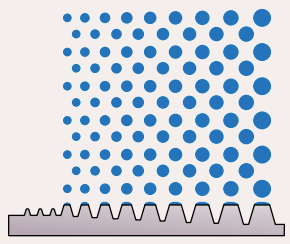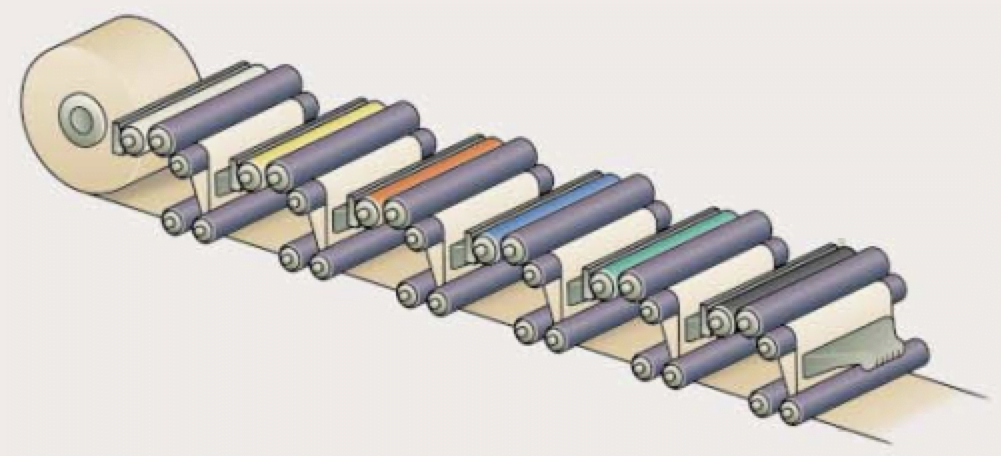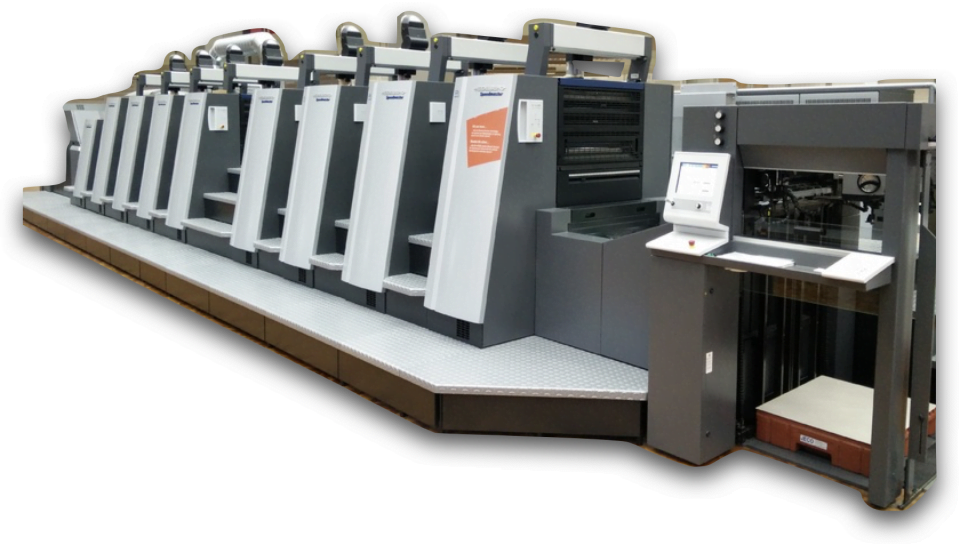In the realm of flexo printing, meticulous attention to detail can yield significant outcomes. One such crucial detail in flexo printing is the flat top dots profile. Being a seemingly minor aspect, it holds indeed powerful implications for the quality of final prints.
Unveiling the Essence of Dot Profiles in Flexo Plates
Flexo printing has emerged as a formidable rival to offset and gravure printing in terms of quality. Various factors underpin this evolution, including the adoption of innovative technologies like flat-top dot plates, UV LED exposure systems, and advanced screening techniques. The combination of the right plate, exposure method, and screening approach streamlines operations should be strategic. It thence ensures consistency, elevates print quality, and bolsters profitability.
Navigating Plate Selection for Optimal Results
Within the flexo packaging domain, four primary market segments reign supreme: corrugated, tag and label, folding carton, and flexibles. Each segment presents unique challenges that may demand the usage of specific durometer plates. For instance, label printers historically favoured medium durometer plates. Such a favour arises from the necessity of wrapping a small plate around a compact cylinder securely. The softness of these plates is crucial for maintaining stability during printing. Thus, it facilitates seamless adherence to the print cylinder and mounting tape. Moreover, these plates must deliver high-quality graphics consistently across extended print runs.
Introduced by MacDermid, the medium durometer LUX In-The-Plate (ITP) plates feature minimal tackiness. Low tackiness mitigates issues related to dust and debris commonly associated with certain paper stocks. These plates are slightly firmer than typical medium durometer variants. They are tailored for wide-web applications while retaining the flexibility required for smaller print cylinders.
In contrast, flexible film printing typically demands harder durometer plates to ensure optimal dot reproduction on substrates. Plates with a baseline hardness of 60 shore A are common in this segment, with some applications requiring even higher gauge durometers. The introduction of products like the LUX ITP 60 – the pioneering inherently flat-top dot solution – has been pivotal in addressing challenges such as slur and excessive dot gain, earning accolades like the FTA Technical Innovation Award in 2016.
Unveiling the Significance of Flexo Flat Top Dots
The choice between flat and round dot profiles in flexo printing fundamentally shapes the character of the final output. This decision hinges on several factors such as ink properties, desired colour density, the nature of the image, and the characteristics of the substrate.
Key Considerations for Optimal Dot Profile Selection
Engage with your image carrier supplier to navigate these essential aspects:
- Impression Levels: Variances in printing pressure can significantly impact the final print results with round-top dots, potentially leading to deformations or unpredictable dot gain. In contrast, flat-top dots offer a more defined surface, ensuring stability in dot gain across different pressures and enhancing outcomes in solid, dense ink areas.
- Printing Results: The sensitivity of round-top dots to pressure variations can trigger challenges in print consistency. Flat-top dots exhibit greater resilience to pressure changes, maintaining a sharp edge and well-defined printing surface, resulting in enhanced colour control and vibrancy.
- Image Carrier Durability: Flat-top dots are renowned for their robustness, translating into prolonged image carrier longevity compared to rounded dots.
- Cost-Efficiency: Investing in flat-top dot image carriers extends press life. Moreover, it enhances print consistency and holds the potential to boost overall profitability.
Conclusion
Continual advancements in dot technology are reshaping the landscape of flexo printing. They are essential in empowering printers to broaden their scope and cater to products traditionally dominated by offset or gravure printing. Armed with a profound comprehension of critical elements like ink selection, dot profile optimisation, image carrier dynamics, and ink transfer efficiencies, printers are poised to deliver high-quality outputs across diverse applications.





